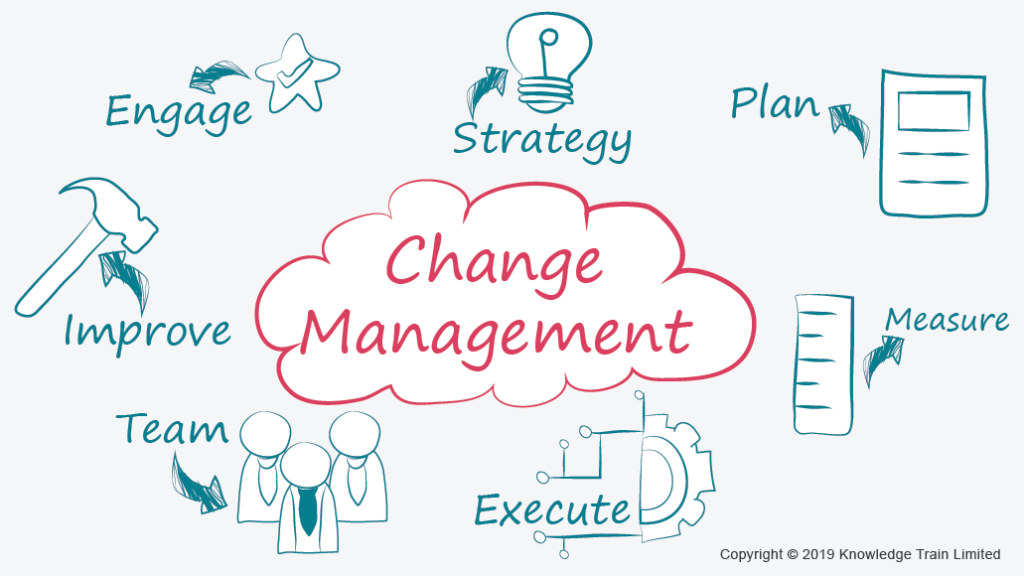Navigating Change Management in the Digital Age - Tips for Successful Transformation
In today’s digital age, businesses constantly encounter technological advancements and disruptive innovations that necessitate adaptation and a willingness to embrace change. Change management, the process of guiding individuals and organizations through transitions, has become paramount to ensure success in this rapidly evolving landscape. In this blog, we will delve into the challenges and strategies for navigating change management in the digital age, enabling businesses, to thrive amidst uncertainty and complexity.
1.Embrace a Culture of Continuous Learning
In the digital era, learning is an ongoing journey. Foster a culture of continuous learning within Lapis Infotech, empowering employees to regularly acquire new skills and knowledge.Provide access to training programs, workshops, and resources to keep your workforce equipped and adaptable in the face of technological changes.
2.Communicate the Vision and Purpose of Change
Effective communication is the linchpin of change management. Clearly convey the visionand purpose behind the changes underway at Lapis Infotech. Address concerns, actively listen to feedback, and articulate the benefits that the digital transformation will deliver to your organization and its stakeholders.
3.Foster Collaboration and Cross-Functional Teams
Digital transformations frequently span multiple departments and teams within Lapis Infotech. Encourage collaboration and establish cross-functional teams to dismantle silos and ensure alignment. Promote open communication, the sharing of ideas, and collaborative problem-solving to cultivate a cohesive and supportive atmosphere for change.
4.Address Resistance and Build Support
Resistance to change is a natural response, especially when confronted with new technologies and processes. Proactively identify potential sources of resistance and address them. Engage with employees, involve them in decision-making, and provide the necessary support and resources to help them embrace the changes.
5.Emphasize Agile and Iterative Approaches
In the fast-paced digital age, agile and iterative approaches to change management are indispensable. Implement changes in smaller, manageable increments and gather feedback along the way. This approach allows for continuous improvement and enables your organization to swiftly respond to emerging opportunities and challenges.
6.Leverage Data and Analytics
Data-driven insights play a pivotal role in change management. Harness data and analytics to assess the impact of changes, monitor progress, and make well-informed decisions at Lapis Infotech. Data can offer valuable feedback and support continuous optimization during the transformation process.
7.Empower Change Champions
Embrace a Culture of Continuous Learning In the digital era, learning is an ongoing journey. Foster a culture of continuous learning within Lapis Infotech, empowering employees to regularly acquire new skills and knowledge.Provide access to training programs, workshops, and resources to keep your workforce equipped and adaptable in the face of technological changes.
8.Communicate the Vision and Purpose of Change
Effective communication is the linchpin of change management. Clearly convey the vision and purpose behind the changes underway at Lapis Infotech. Address concerns, actively listen to feedback, and articulate the benefits that the digital transformation will deliver to your organization and its stakeholders.
9.Foster Collaboration and Cross-Functional Teams
Digital transformations frequently span multiple departments and teams within Lapis Infotech. Encourage collaboration and establish cross-functional teams to dismantle silos and ensure alignment. Promote open communication, the sharing of ideas, and collaborative problem-solving to cultivate a cohesive and supportive atmosphere for change.
10.Address Resistance and Build Support
Resistance to change is a natural response, especially when confronted with new technologies and processes. Proactively identify potential sources of resistance and address them. Engage with employees, involve them in decision-making, and provide the necessary support and resources to help them embrace the changes.
11.Emphasize Agile and Iterative Approaches
In the fast-paced digital age, agile and iterative approaches to change management are indispensable. Implement changes in smaller, manageable increments and gather feedback along the way. This approach allows for continuous improvement and enables your organization to swiftly respond to emerging opportunities and challenges.
12.Leverage Data and Analytics
Data-driven insights play a pivotal role in change management. Harness data and analytics to assess the impact of changes, monitor progress, and make well-informed decisions at Lapis Infotech. Data can offer valuable feedback and support continuous optimization during the transformation process.
13.Empower Change Champions
Identify change champions within your organization, who can drive the transformation forward. These individuals can inspire and motivate their peers, share best practices, and serve as role models for embracing change.
14.Celebrate Success and Recognize Efforts
Acknowledge and celebrate milestones and successes achieved during the change process. Recognize the efforts of employees and teams who have embraced the changes and contributed to the digital transformation's success. Positive reinforcement fosters a culture of adaptability and resilience.
Conclusion:
In the digital age, change is inevitable, and successful change management is imperative for business survival and growth. By embracing a culture of continuous learning, effective communication, fostering collaboration, addressing resistance, and leveraging agile approaches, organizations like Lapis Infotech can navigate change with confidence and maximize the benefits of digital transformation. With a strategic and people-centric approach to change management, businesses can thrive in the dynamic digital land.
Engage With Us
Lorem ipsum dolor sit amet, consectetur adipiscing elit. Ut elit tellus, luctus nec ullamcorper mattis, pulvinar dapibus leo.

